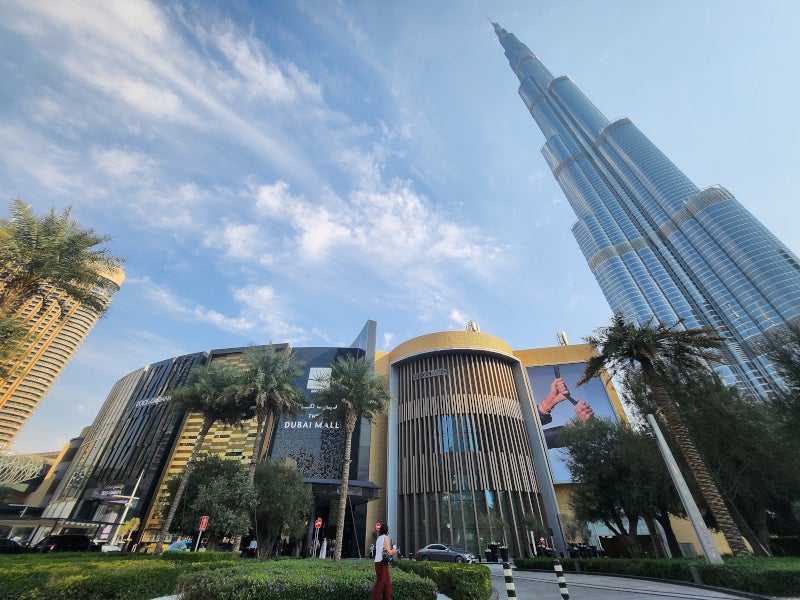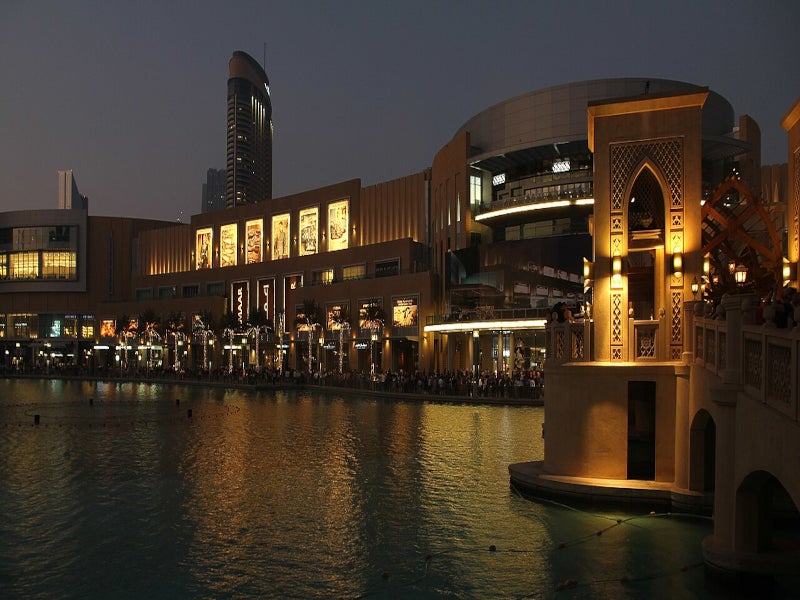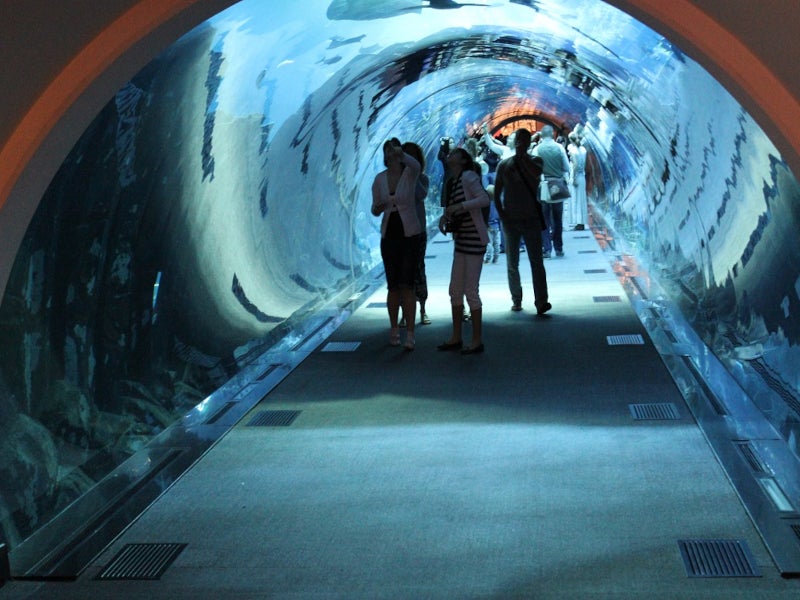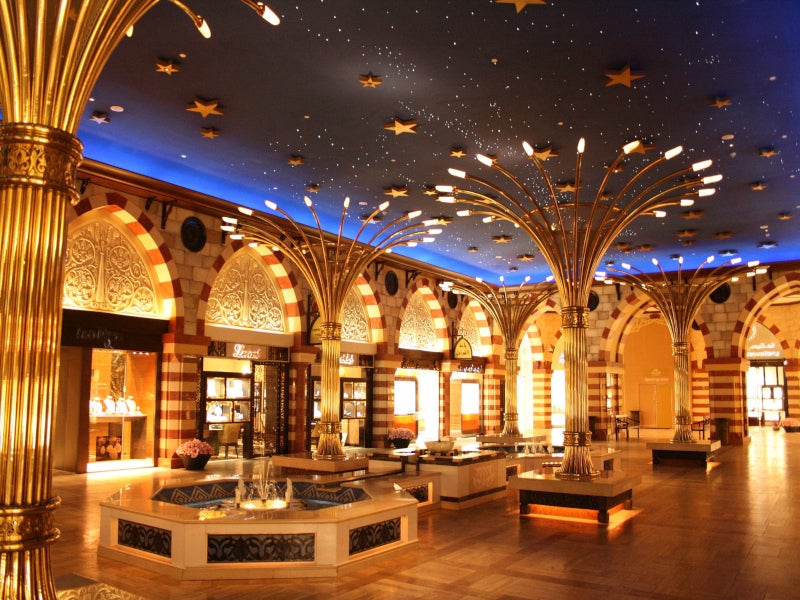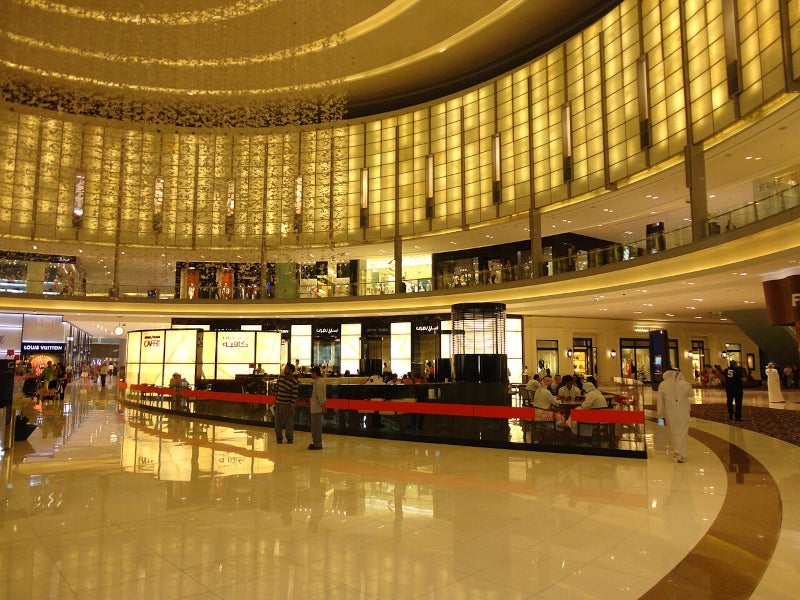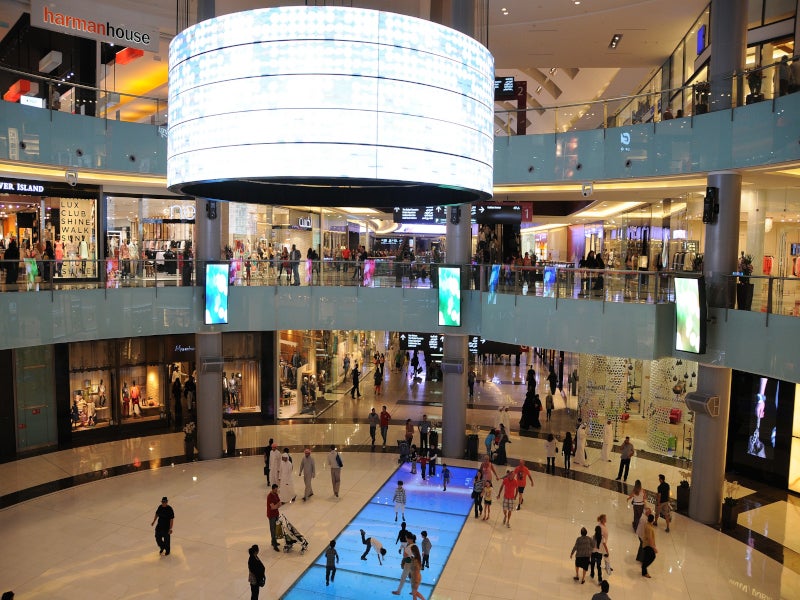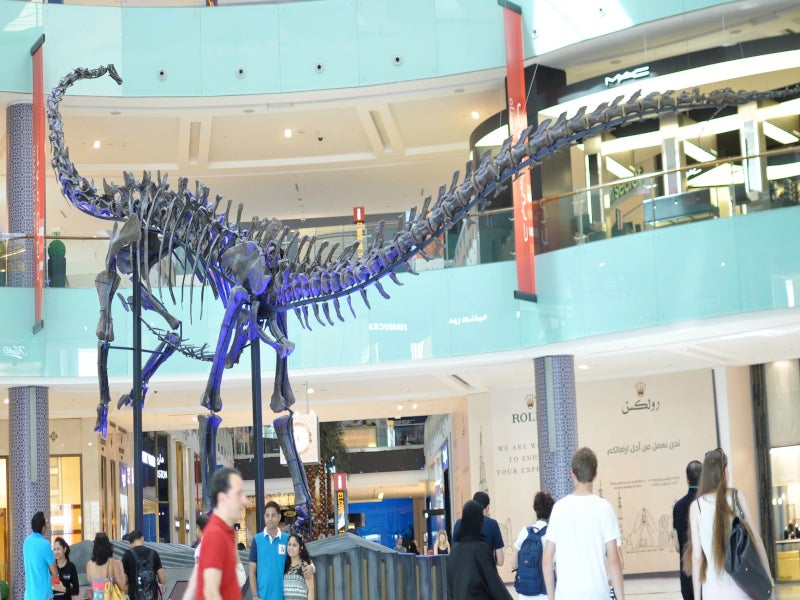Dubai Mall, located in downtown Dubai, United Arab Emirates (UAE), was developed by Emaar Properties, a real estate company. The mall opened to the public in November 2008 and is a major shopping destination in the country.
The mall was expanded with a new building, the Dubai Mall Zabeel Expansion (TDMZE), in 2019. The expansion augmented the mall’s total area by 40%, attracting more than 100 million visitors in a year.
Emaar Properties disclosed plans for a further Dh1.5bn ($408.3m) expansion of the Dubai Mall in June 2024. The new phase will introduce an additional 240 high-end retail and gastronomy outlets.
Dubai Mall location
Built on the shore of a 30-acre (12.1-hectare) artificial lake in downtown Dubai, the mall is surrounded by the Burj Khalifa, the Dubai Mall Hotel, the Lake Hotel and the Lake Fountain.
Dubai Mall expansion project details
The Zabeel expansion project involved the construction of ten podium levels of mixed-used parking and retail areas spread across 245,000m² (2.6 million ft²).
The TDMZE building is connected to the existing building by several bridges, including a prominent 200m-long, 50m-wide link bridge that spans elevated multilane highways at level six.
The TDMZE building expanded parking for the Dubai Mall and significantly enhanced retail space, adding three new anchor tenants, more food and beverage areas, and restaurants. Additionally, it may also include a residential tower with more than 50 storeys in future.
The mall was expanded in 2014 with the construction of a new Fashion Avenue between the Dubai Mall and the Burj Khalifa.
Dubai Mall design and features
The Dubai Mall, covering 85 acres and featuring a gross floor area of 548,327m² across four floors, is the largest shopping mall in the world by total area.
It features the Waterfall, consisting of two 30m-wide, 24m-tall cylindrical structures with a reservoir supplying recycled water. The Waterfall is illuminated at night and reflects sunlight during the day. The water cascades through four levels of the mall, enhanced by fibreglass sculptures of human divers, creating a visually dynamic effect that complements the water’s rhythmic flow.
The mall hosts 1,200 retail outlets, including two anchor department stores, Galeries Lafayette and Bloomingdale’s, along with more than 200 food and beverage outlets.
Fashion Avenue features more than 150 luxury shopping and dining experiences along with a retractable fashion catwalk.
The mall features an all-weather shopping grove. The Grove is a 260m-long indoor and outdoor streetscape with a fully retractable roof.
The mall includes the 76,000ft² SEGA Republic indoor theme park, the Souk Al Bahar- an Arabesque marketplace and an Olympic-size ice-skating rink. The souk features 100 shops and 22 restaurants, cafes and lounges. Dubai Dino, located in the middle of the souk, offers a glimpse into the Jurassic period.
The ice-skating rink is located on the ground floor next to the souk. It has a seating capacity of 350 and can be used for concerts and functions.
An open-air streetscape called The Village is also part of the mall, which features tree-lined walkways, cafes and restaurants. The mall also has a replica of the Dubai Creek Tower, which is made of aluminium and 3D-printed cladding elements weighing 3,000kg.
Attractions at Dubai Mall
The key attraction of the mall is its aquarium and underwater zoo. The aquarium is a ten-million-litre tank located on the ground level. It is designed as a 48m walkthrough tunnel, giving visitors a 270° view.
The aquarium hosts more than 140 marine species, including 300 sharks and rays. Visitors can experience a glass-bottom boat ride, cage snorkelling and shark dives at the aquarium.
The underwater zoo is located on the second level, above the aquarium. It features three ecological zones: rainforest, rocky shore and living ocean. The rocky shore houses penguins and spider crabs, while the rainforest houses catfish, piranha, otters and water rats.
The Discovery Centre offers an educational ecology and marine life experience.
An 80,000ft² children’s edutainment zone named KidZania, developed in partnership with Emaar Entertainment, is also part of the mall.
The Zabeel Sports District is a 20,000ft² multi-sports complex on the rooftop of Dubai Mall Zabeel. It features five panoramic padel tennis courts, two basketball and volleyball courts, four covered badminton courts and a cricket pitch with safety nets. With stunning views of Downtown Dubai and the Burj Khalifa, the district provides sports and leisure activities for both youth and adults, along with a Juice and Protein Bar for healthy refreshments.
Ekart Zabeel, located at the rooftop of the Dubai Mall Zabeel, is an innovative indoor electric go-karting adventure with a demanding track equipped with the newest generation of electric go-karts. Trampo Extreme at the Dubai Mall is also an entertainment zone open to visitors aged three years and older.
The mall also features 26-screen Reel Cinemas, Hysteria – a haunted attraction – Play DXB for virtual reality experiences, the Sky Views Observatory 219.5m above ground, and a soft play area for kids. Reel Cinemas Platinum Suites, a Dolby Cinema™, the region’s first fully immersive MX4D Theatre and Guy Fieri’s Dine-in Cinema and Kitchen restaurant concepts have also launched at the mall.
Amenities
The mall provides free Wi-Fi, a concierge lounge, a sleep pods lounge, delivery service and prayer rooms for customers. It features 95 elevators and 150 escalators.
The parking area consists of two buildings with ten levels of parking each and two levels of underground parking, which can accommodate 14,500 vehicles.
The mall is equipped with Senion StepInside IPS [indoor positioning system], which works similarly to a GPS for indoor locations. The programme offers location services on mobile devices, along with integration with the mall’s smartphone app, which notifies visitors about ongoing offers and events in the mall.
Contractors involved
The mall’s construction was undertaken by a joint venture of Consolidated Contractors Company and Dutco Balfour Beatty.
DP Architects was the mall’s architect and was also involved in the urban planning, while Meinhardt Group was the lead engineer for the project.
Dutco Balfour Beatty (Dutco) was awarded a £214m ($353.6m) contract for the construction of the Fashion Avenue in 2014.
BKGulf was subcontracted by Dutco to provide mechanical and electrical services for the project.
Dutco was also contracted for the Zabeel expansion project, while JLW was appointed as the mechanical, electrical and plumbing design and build contractor.
Brookfield Multiplex was the project contractor, while Brewer Smith Brewer Group acted as the project architect for the expansion. BSBG also served as the principal consultant and architect of record for the expansion.
BG&E was contracted for the construction of the mixed-use car park and retail podium.
Tekla, a construction software solutions provider, was tasked with the design of the bridges for the Zabeel expansion.

